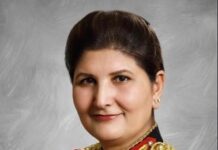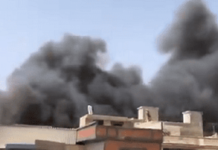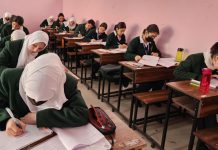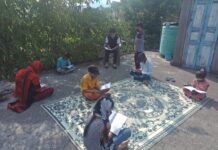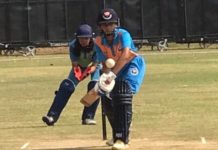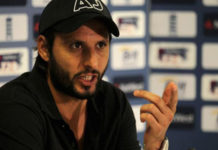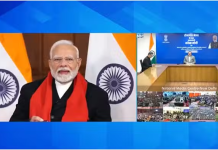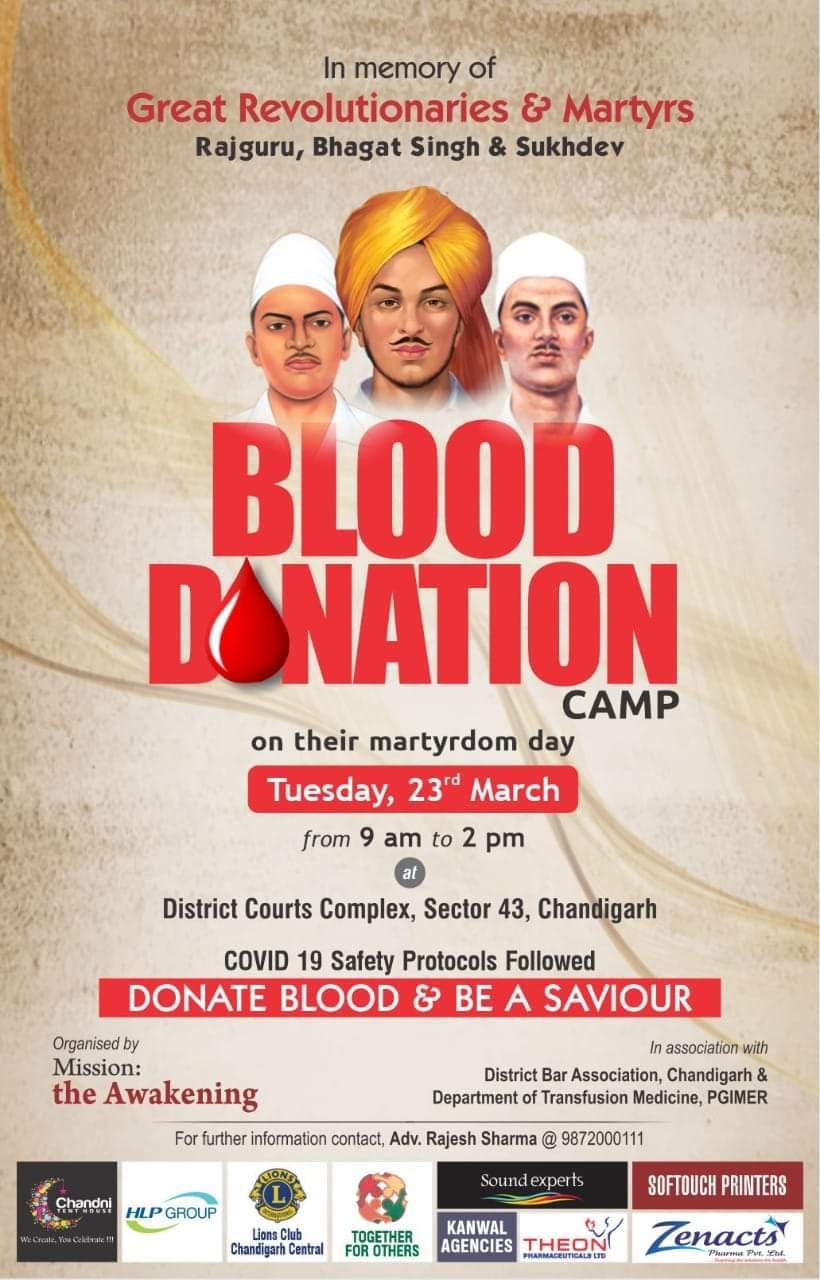Top Army commanders, led by Army Chief General Bipin Rawat, have decided to restructure the force in phases and introduce a new battle-fighting concept.
A decision to form integrated battle groups (IBGs), which will be validated in field exercises, has been taken at the ongoing commanders’ conference (October 9-15). An IBG — each with six battalions or more (about 6,000 men) will have a mix of infantry, armoured, artillery, signals and engineers — will be commanded by a Major General and placed directly under the Corps. This is a novel concept as so far the Army has a few independent brigades (some 3,000 men) headed by a Brigadier. The IBG is expected to be swifter in battle. At present, there are 8-10 Brigades in a Corps.
The restructuring will also bring out a younger profile for commanders and make the 1.3-million strong Army ‘right-sized’ by cutting out redundant posts.
If all measures under consideration of the four separate studies on restructuring of the Army are actually implemented, it is expected to reduce manpower by around 1 lakh (jawans and officers) over the next six-seven years and result in saving almost Rs 7,000 crore annually.
The focus is integration of existing verticals, enhance operational and functional efficiency, optimise budget expenditure, facilitate force modernisation and address aspirations of officers. Army Commanders deliberated security dynamics, emerging security scenarios and enhancement of combat edge over potential adversaries.
Some 24-odd recommendations were considered as the top brass was presented with four major in-house studies. The study on “Re-organisation and Rightsising of the Indian Army” reviewed operational structures to make them efficient and future-ready for the Western and Northern Borders.
The second study “Cadre Review of Officers” (some 39,000 officers) is aimed at incorporating the proposed reorganisation. This will include longer tenures as Brigadier, Maj General and Lieut General, faster promotion from Colonel to Brigadier and retaining the rank of Brigadier only in staff postings. There are about 1,050 Brigadiers.
The third study “Reorganisation of the Army Headquarters” is aimed at integration. For example, the DG (Military Training) is to be absorbed into Army Training Command (ARTRAC).
The fourth study on “Review of Terms of Engagement of Rank and File” is aimed at having a younger profile of officers at Colonel and below. At present, an officer gets to be a Colonel by the age of 36-37 and picks the next rank of Brigadier some 10 years later.
The commanders further deliberated on “enhancing linguistic skills in the Army”. The necessity and methodology to enhance expertise in Indian and international languages has been established. The languages would be Mandarin, Urdu, Pushto, Dari, Burmese, etc.
The Army Commanders’ Conference is the apex policy-making body for the Army.

















